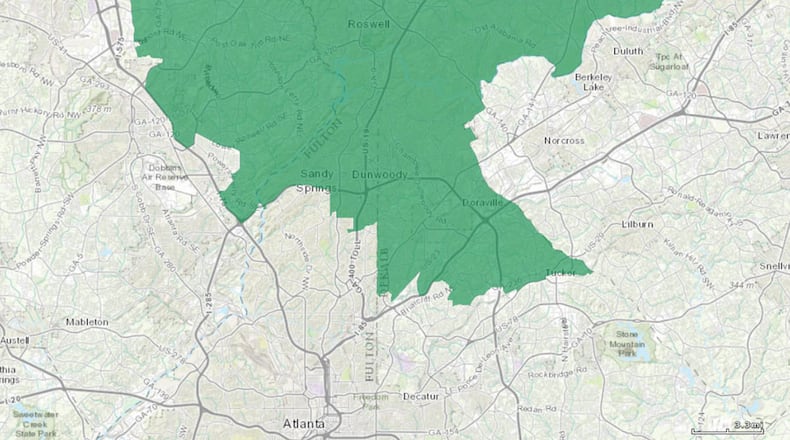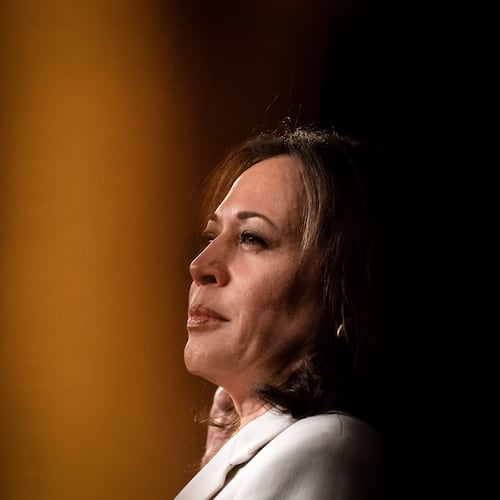Much of the nation will be watching Georgia's 6th Congressional District race, among the first in the nation since Donald Trump became president. That will be a big change for a district that has been a Republican fortress for decades.
The last time a Democrat held that seat was in 1979. With a median age of under 38, half of its residents have not seen a Democrat win the office in their lifetime. It’s been 21 years since a Democratic congressional candidate broke the 40 percent barrier.
Here’s a look at how presidential and congressional candidates have performed in the district since 2000:
Something different happened in November. Many conservative voters chose Hillary Clinton for president. Donald Trump only won the district by 1.5 percentage points even as GOP District 6 incumbent Tom Price won by 24 points.
The reason for the ticket splitting likely lies in one key demographic.
The 6th District, which includes part of Atlanta and its affluent northern suburbs, is loaded with college graduates.
Education level was a major indicator in the 2016 presidential election. Exit polls showed college graduates favored Clinton 52 percent to 43 percent, while voters with less than a bachelor's degree favored Trump 52 percent to 44 percent. Traditionally, the spread on these votes has been much closer.
About 60 percent of 6th District voters are college graduates, compared with 29 percent of Georgia voters.
The district is generally whiter, wealthier and has more Asian and Hispanic voters than the state. Here’s a look at the district’s demographics compared with the state.
The question is will District 6’s anti-Trump vote filter down into a congressional race where the candidate may be a different type of Republican, or will it remain a GOP stronghold? The answer could foreshadow what will happen in the 2018 elections.
Complete coverage
About the Author
The Latest
Featured




